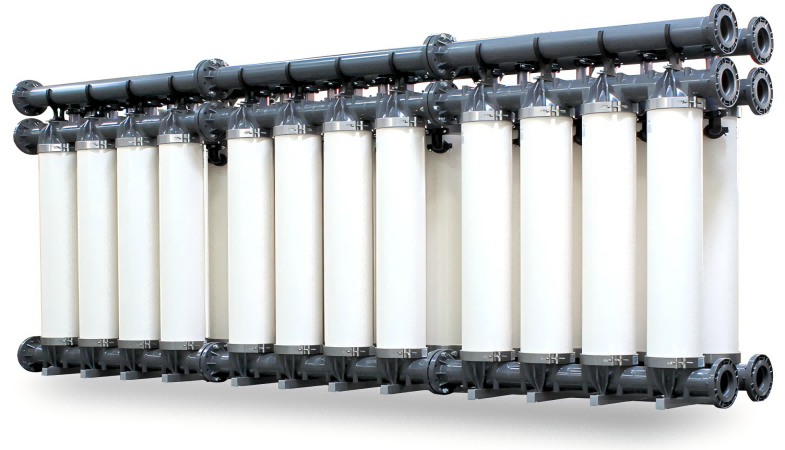Choosing the right ultrafiltration (UF) membrane involves considering several key factors to ensure it meets your specific application requirements. Here’s a structured approach to guide your selection:
1.Identify Your Application Requirements
– Feed Water Characteristics: Understand the type of water you need to treat (e.g., municipal water, surface water, industrial wastewater) and its quality parameters (e.g., turbidity, organic content, hardness).
– Permeate Quality: Define the desired quality of the filtered water (e.g., particulate removal, pathogen removal, dissolved solids reduction).
2.Membrane Material
– Polymer Type: UF membranes are typically made from materials like polysulfone, polyethersulfone, polyvinylidene fluoride (PVDF), or others. Choose based on compatibility with your feed water chemistry and desired performance characteristics.
3. Pore Size
– UF membranes have defined pore sizes typically ranging from 1 to 100 nanometers.
– Select a pore size appropriate for the size of contaminants you need to remove. For example, if removing bacteria and some viruses is crucial, choose a pore size suitable for such contaminants.
4.Operating Conditions
– Temperature and pH: Ensure the membrane can withstand the temperature and pH range of your feed water.
– Pressure: Consider the operating pressure required for efficient filtration. Higher pressures may enhance flux rates but also increase energy costs.
5. Performance Considerations
– Flux: This refers to the rate of water flow through the membrane. Higher flux can lead to higher productivity but may require more energy.
– Rejection Efficiency: Evaluate the membrane’s ability to reject particles and contaminants of various sizes. Manufacturers provide data on rejection rates for different substances.
6. Module Configuration
– Determine the appropriate module design based on your system’s layout, space availability, and flow requirements (e.g., spiral wound, hollow fiber).
7. Manufacturer Reputation and Support
– Choose a reputable manufacturer known for producing high-quality membranes and providing reliable technical support and after-sales service.
8. Cost Considerations
– Factor in the initial cost of the membrane module, as well as ongoing operational costs such as energy consumption, maintenance, and replacement frequency.
9. Regulatory and Compliance Requirements
– Ensure the membrane complies with relevant regulatory standards and requirements applicable to your industry or region.
10. Testing and Pilot Studies
– Conduct pilot studies if feasible to evaluate membrane performance under actual operating conditions and validate its suitability before full-scale implementation.
Example Application:
– Drinking Water Treatment: Select a UF membrane with a pore size small enough to remove bacteria, protozoa, and some viruses, while also considering high flux rates and low fouling characteristics suitable for municipal water treatment.
By systematically evaluating these factors, you can choose an ultrafiltration membrane that not only meets your current needs but also provides reliable performance and cost-effectiveness over its operational life.
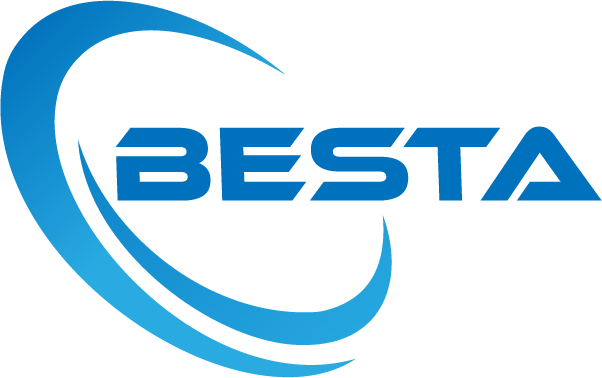
 MBR Membrane
MBR Membrane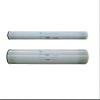 Reverse Osmosis Membrane
Reverse Osmosis Membrane Residential Ro Membrane
Residential Ro Membrane UF Membrane
UF Membrane Water Treatment Plant
Water Treatment Plant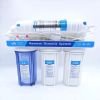 Residential Ro Machine
Residential Ro Machine Brackish Ro System
Brackish Ro System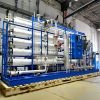 Sea water system/SW RO plant
Sea water system/SW RO plant Membrane Cleaning System(CIP)
Membrane Cleaning System(CIP)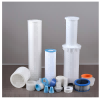 Consumables Accessories
Consumables Accessories